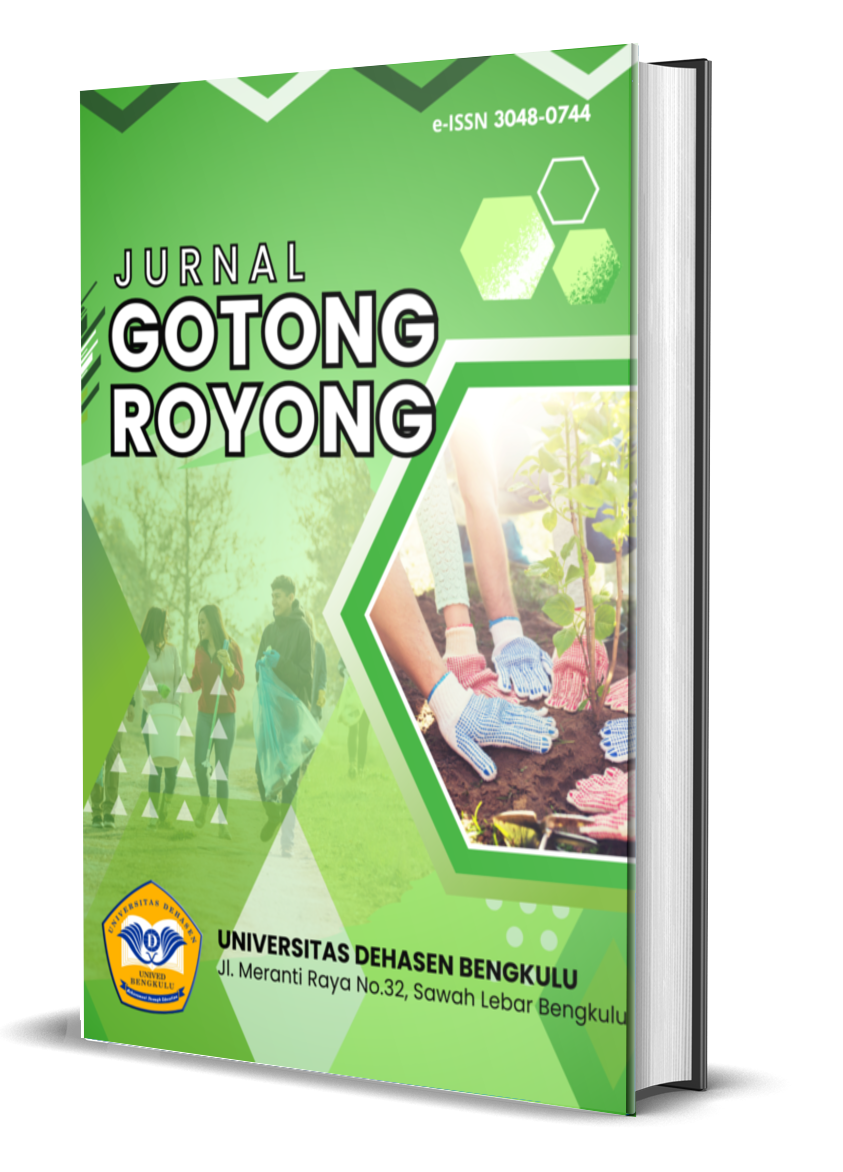Aplikasi Teknologi Pembuatan dan Pengemasan Abon Ikan Nila Dalam Upaya Peningkatan Pendapatan DI Desa Batu Radden
Abstract
The potential of the tilapia (Oreochromis niloticus) fishery as one of the village's leading potentials needs to receive serious attention and development, and be sustainable so that it can produce quality products, if the village community's economy is to be strengthened. To be able to produce processed products made from tilapia fish that can compete in the market, professional business management is needed. This can be realized if the village tilapia fish commodity is run by quality human resources considering that this commodity is vulnerable in terms of quality and marketing. So far, tilapia fish in Batu Raden Village are mostly marketed in whole form without any further processing for restaurant and household consumption. Tilapia fish is mostly marketed in whole form without any further processing for restaurant and household consumption. Efforts to increase the use of tilapia as a raw material for processing ready-to-consume food products such as shredded meat have not been carried out much. Tilapia fish floss processing is one of the efforts to diversify shredded processing by utilizing the availability of raw materials and material characteristics suitable for processing floss
Downloads
Copyright (c) 2024 Eka Rizki Meiwinda, Lucyana Lucyana, Destiarini Destiarini, Abdul Rahman, Azwar Azwar

This work is licensed under a Creative Commons Attribution-ShareAlike 4.0 International License.
An author who publishes in the Jurnal Gotong Royong agrees to the following terms:
Author retains the copyright and grants the journal the right of first publication of the work simultaneously licensed under the Creative Commons Attribution-ShareAlike 4.0 License that allows others to share the work with an acknowledgement of the work's authorship and initial publication in this journal
Submission of a manuscript implies that the submitted work has not been published before (except as part of a thesis or report, or abstract); that it is not under consideration for publication elsewhere; that its publication has been approved by all co-authors. If and when the manuscript is accepted for publication, the author(s) still hold the copyright and retain publishing rights without restrictions. For the new invention, authors are suggested to manage its patent before published. The license type is CC-BY-SA 4.0.
Jurnal Gotong Royong
is licensed under a Creative Commons Attribution-ShareAlike 4.0 International License.










